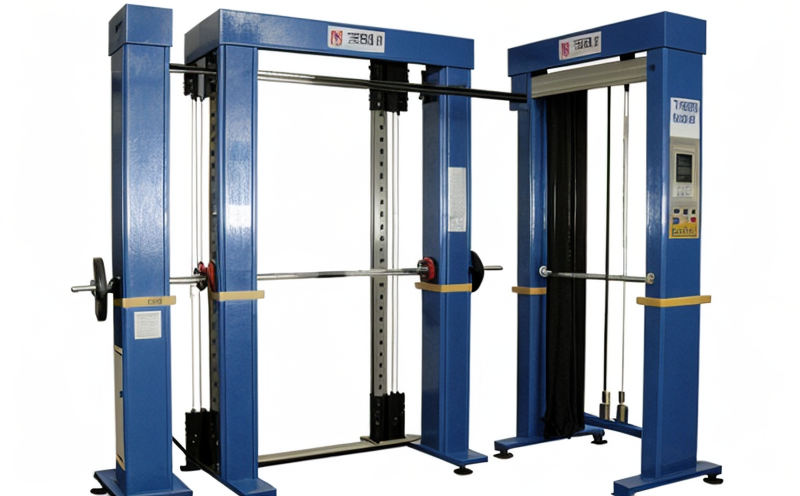ISO 9073-2 Nonwovens Determination of thickness
The determination of thickness in nonwoven materials is a critical step in quality control and compliance with international standards. ISO 9073-2 specifically addresses the method for determining the thickness of nonwovens, which are widely used in sectors such as hygiene products, medical textiles, and filtration systems.
Thick measurement is essential because it directly impacts the performance characteristics of these materials. For instance, a higher thickness can indicate better insulation properties or strength but may also lead to increased weight and cost. Conversely, lower thickness can result in enhanced flexibility or breathability, which are crucial for certain applications.
The test method outlined in ISO 9073-2 is designed to provide accurate and repeatable results, ensuring that the material's performance meets the required specifications. This standard specifies a simple yet precise technique using a micrometer, which can measure thickness down to a resolution of 0.1 mm.
Specimen preparation for this test involves cutting rectangular samples from the nonwoven fabric. The size and dimensions of these samples are critical; they must be representative of the material's properties without introducing variability due to sample geometry. Once prepared, the micrometer is used to measure thickness at multiple points across each sample.
The average value of these measurements provides the final thickness for that particular sample. It’s important to note that this standard does not apply to nonwovens with a thickness exceeding 5 mm as it would be too thick and difficult to measure accurately using the micrometer method.
Understanding the thickness of nonwoven materials is vital in industries where precision is key. In hygiene products, for example, an accurate measurement ensures that the product meets both performance and safety standards. Similarly, in medical textiles, precise thickness measurements can influence the efficacy of wound dressings or surgical drapes.
By adhering to ISO 9073-2, manufacturers can ensure consistent quality across their products, thereby enhancing customer satisfaction and brand reputation. This standard is widely recognized and accepted globally, making it a reliable benchmark for nonwoven thickness measurement.
The micrometer method outlined in this standard is straightforward yet effective, requiring minimal equipment and expertise. However, it’s crucial to follow the procedure carefully to obtain accurate results. The use of experienced operators and standardized procedures ensures that measurements are consistent and comparable over time.
Why It Matters
The importance of determining thickness in nonwovens cannot be overstated, particularly for industries where the material's performance is directly influenced by its physical properties. Thickness affects a range of characteristics including durability, comfort, and functionality.
- Performance: A thicker nonwoven may offer better insulation or filtration capabilities but will also weigh more and cost more to produce.
- Aesthetics: The thickness can impact how the material looks and feels in final products like clothing or bedding.
- Cost-effectiveness: Understanding the optimal thickness ensures that materials are used efficiently, reducing waste and minimizing costs.
Why Choose This Test
Selecting ISO 9073-2 for determining nonwoven thickness is advantageous due to its reliability and simplicity. The micrometer method provides a straightforward approach that yields accurate results with minimal equipment requirements.
This standard is particularly beneficial for quality managers, compliance officers, R&D engineers, and procurement teams who need consistent and accurate measurements. By using ISO 9073-2, organizations can ensure that their nonwovens meet the required specifications, thereby maintaining high standards of product quality.
The simplicity of the method also makes it accessible to a wide range of personnel within an organization. This ensures that thickness measurements are consistent across different departments and locations, enhancing overall operational efficiency.
Competitive Advantage and Market Impact
- Innovation: By adhering to international standards like ISO 9073-2, companies can innovate more effectively. Consistent thickness measurements facilitate the development of new products that meet global market demands.
- Quality Assurance: Rigorous adherence to this standard ensures that nonwovens are of high quality, which is crucial for maintaining a positive reputation in competitive markets.
- Customer Satisfaction: Accurate thickness measurements lead to products that perform as expected, enhancing customer satisfaction and loyalty.





